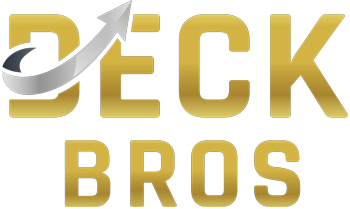Plywood and OSB are the two most popular subflooring materials, but there are some differences between the two that could make or break your remodeling project or new construction.
In this post, we’ll see what are the advantages of OSB as subfloor and compare it to plywood to help you decide which is the best fit for your project.
But before deciding, make sure you check your local building code to see what materials are allowed.
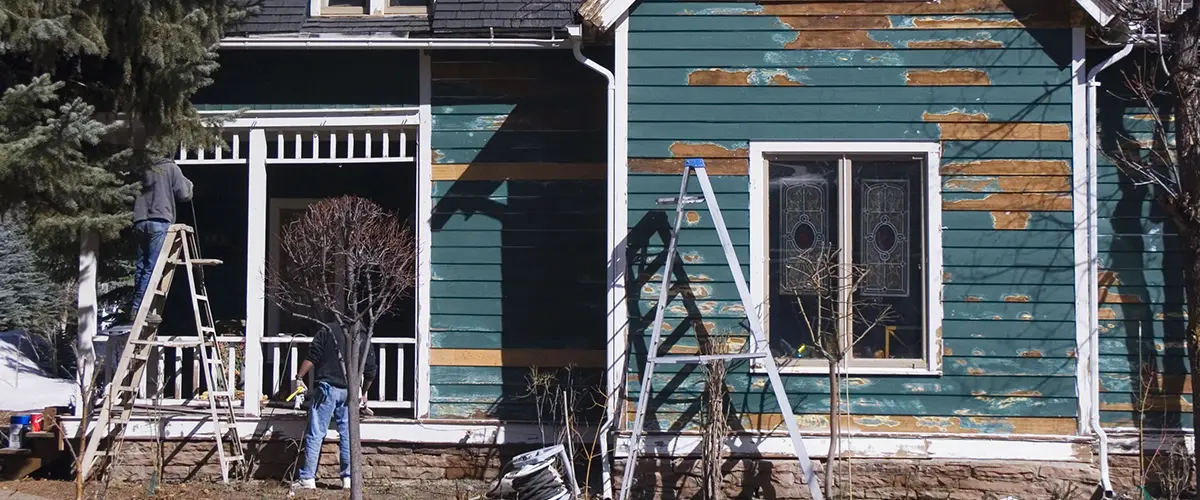
The Differences Between Plywood Vs OSB As Subfloor
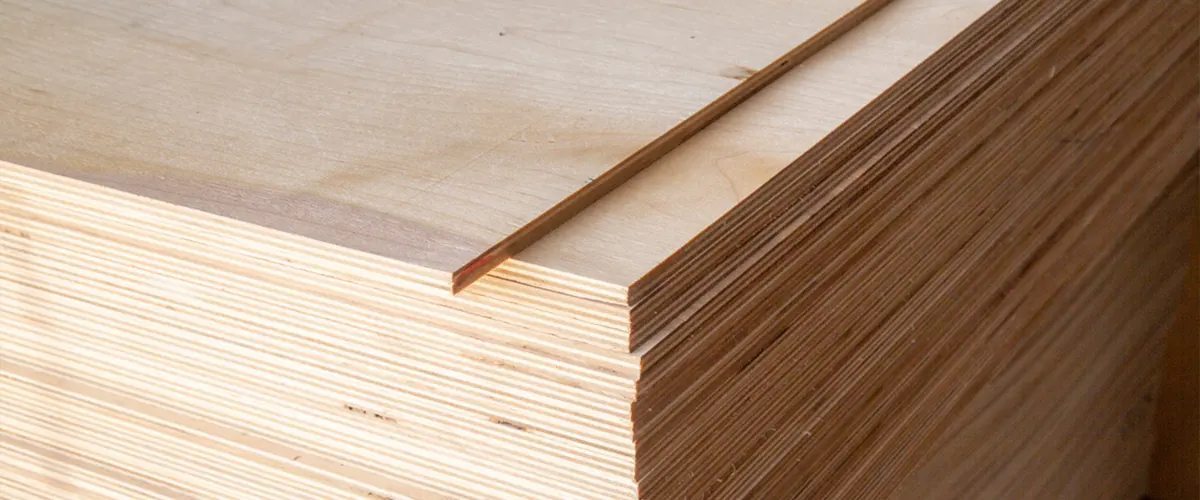
Plywood
Plywood is a manufactured panel made from thin sheets of wood veneer. It’s usually composed of three or more layers of wood, bonded together with adhesive. The outer layers are typically made from thin sheets of hardwood, while the inner layer is made from a softer wood.
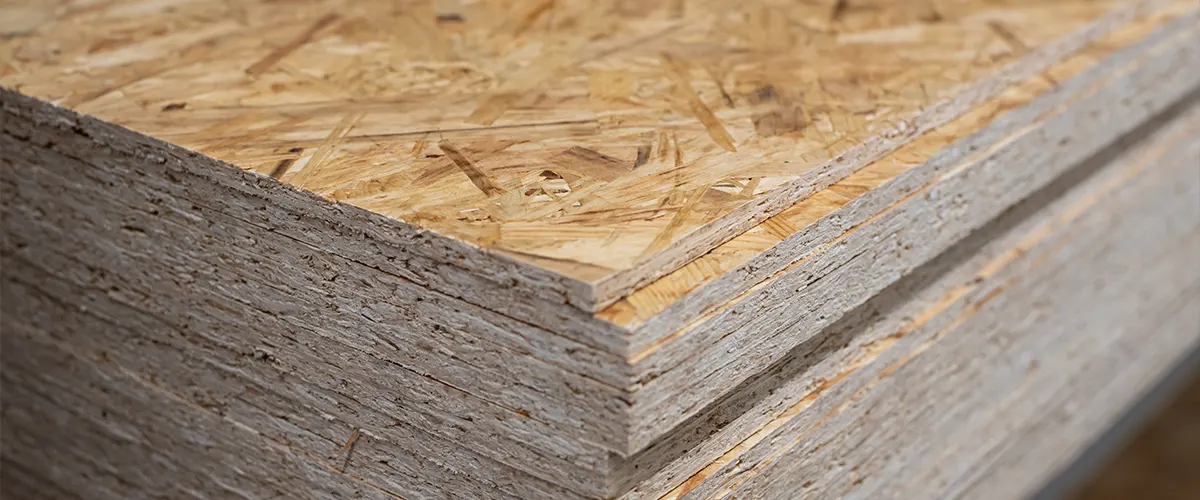
OSB - oriented strand board
OSB, or oriented strand board, is a type of engineered lumber made from small pieces of wood, known as strands, that are oriented in different directions and glued together. It’s typically made of softwood, but there are also some varieties made from hardwood.
Plywood Pros And Cons
| Pros | Cons |
|---|---|
| Strength and Durability: Plywood is strong and durable, constructed from layers of wood veneers with varied grain orientations. | Veneer Quality: Quality may vary, and lower-grade plywood might have irregularities affecting strength and appearance. |
| Versatility: Plywood is versatile, used in construction, furniture, and DIY projects, available in different grades and sizes. | Moisture Sensitivity: While more resistant than solid wood, prolonged moisture exposure can lead to delamination and warping. |
| Cost-Effective: Plywood is often more affordable than solid wood, providing a cost-effective alternative for various projects. | Formaldehyde Emissions: Some plywood may emit formaldehyde, especially with certain adhesives, requiring attention to indoor air quality. |
| Dimensional Stability: Plywood tends to be more stable than solid wood, less prone to shrinkage, expansion, or twisting due to environmental changes. | Appearance: Plywood may lack the aesthetic appeal of solid wood, with visible layers and variations in color and grain. |
OSB Subfloor Pros And Cons
| Pros | Cons |
|---|---|
| Cost-Effective: OSB subfloor is generally more affordable than plywood, providing a budget-friendly option for flooring. | Moisture Sensitivity: OSB is more prone to swelling and damage when exposed to moisture, requiring proper sealing and protection. |
| Strength and Stability: OSB offers good strength and dimensional stability, suitable for supporting flooring materials. | Durability: While durable, OSB may not be as resistant to impact as plywood, and heavy loads can cause indentation or damage. |
| Wide Availability: OSB is readily available in various sizes and thicknesses, making it easy to find for construction projects. | Appearance: OSB has a distinct look with visible strands, which may not be as aesthetically pleasing as other subfloor materials. |
| Easy Installation: OSB is often praised for its ease of installation, contributing to time and labor savings during construction. | Formaldehyde Emissions: Some OSB products may emit formaldehyde, necessitating attention to indoor air quality during installation. |
Cost of OSB And Plywood
Plywood is generally more expensive than OSB.
Plywood tends to be thicker and needs to be worked on to reach the ideal size, increasing the costs. For example, a 4×8-foot sheet of construction-grade plywood costs roughly $15 a sheet, while the same size sheet of OSB costs only around $7 a sheet.
As for labor costs, both are are installed similarly, so their cost is the same. Carpenters will usually charge around $70 an hour.
For a room, an underdeck space, or anywhere else, installing sheathing over a 500 square foot area would cost roughly $160 in material for plywood and $100 for OSB. Add to this the labor cost, which would be somewhere around $500, and you’ll get a total cost of roughly $650 for plywood and $590 for OSB.
When Should You Use Each Type of Subfloor Material?
Both plywood and OSB are effective choices for your subfloor needs.
Plywood is a better option for projects that require a lot of cutting and molding, while OSB is a good option for those who need to cover areas where moisture exposure may be an issue.
Here are some instances where experts will choose one over the other:
We'd choose plywood:
- Flooring in Living Spaces
- Cabinetry and Furniture
- High-End Construction Projects
- Interior Wall Sheathing
- Cabinet Backs and Interiors
- Subflooring in Finished Basements
- Roof Sheathing in Low-Slope Roofs
- DIY Furniture Projects
We'd choose OSB:
- Subflooring in Construction
- Roof Sheathing
- Exterior Wall Sheathing
- Industrial and Commercial Buildings
- Sheds and Utility Buildings
- Temporary Construction Structures
- DIY Construction Projects
- Large Construction Panels
- Structural Insulated Panels (SIPs)
- Concrete Formwork
The Characteristics Of Each Material
Water Resistance
Plywood is more resistant to swelling. Although it absorbs the water a bit faster than OSB, it has the capacity to dry immediately.
OSB doesn’t absorb the water so fast. However, it holds it longer once it got wet.
Installation
Both plywood and OSB are installed in the same way. First, you’ll need to measure the area you’re going to cover and mark the dimensions on the plywood panels.
Then, use a saw to cut the panels to size. If you’re using the materials for your subfloor, you’ll also need to cut it to fit around obstacles such as doorways and staircases.
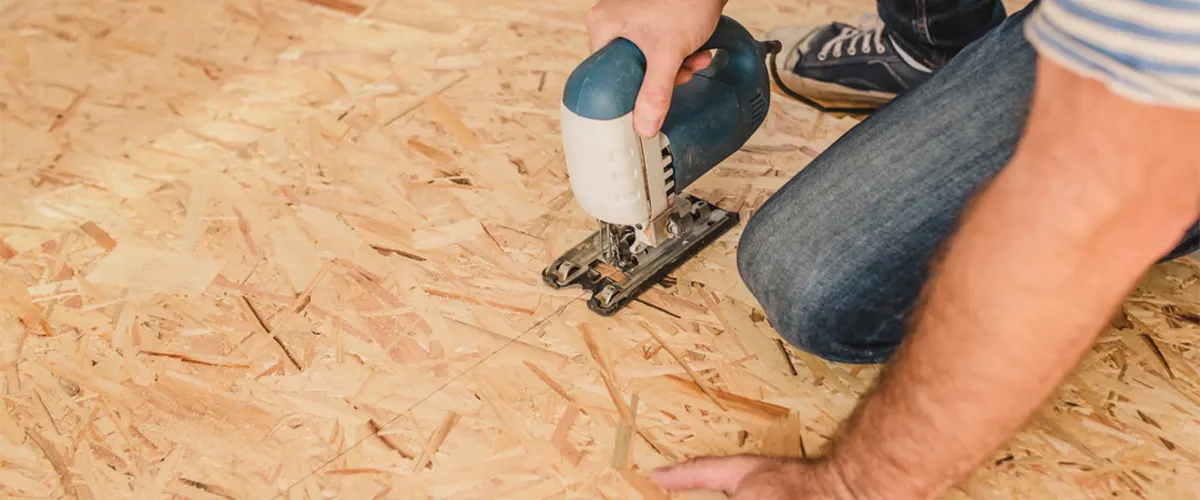
Lifespan
Plywood can last for up to 60 years in an exterior application if properly protected. However, it requires a subfloor that can accommodate its thickness and weight.
OSB It can last for up to 30 years in an exterior application. However, it doesn’t provide the same structural support as plywood.
Cost
Plywood subfloor tends to be more expensive than OSB.
OSB is better for you if you’re looking for a cheaper option for your subfloors.
Frequently Asked Questions
Many online stores will ship it directly to your house. Make sure to measure the area you plan to cover before ordering, as you may need more than one sheet of plywood to complete your project.
The average lifespan of a subfloor is around 30 years. However, this can vary depending on the material used and how well it’s maintained.
OSB is a cheaper and lighter option than plywood, but it doesn’t last as long. Plywood is more expensive, but it’s a more durable material that can last up to 60 years if properly protected.
Both OSB and plywood are great materials for a subfloor, but in our books, there’s one winner.
Plywood is simply a much better product from different perspectives, from water-resistance to durability. If you want a long term solution and you’re not afraid to spend a few extra bucks on the material, we’d always choose plywood rather than OSB.
If you need help to install your subfloor panels, just contact us and we’ll offer you more information about which to pick. We specialize in decks, but even for our decking projects we’ve used both OSB and plywood.
Request a free quote and ask us anything, or call us directly at (402) 369-5724 to find out more about your subflooring options!
